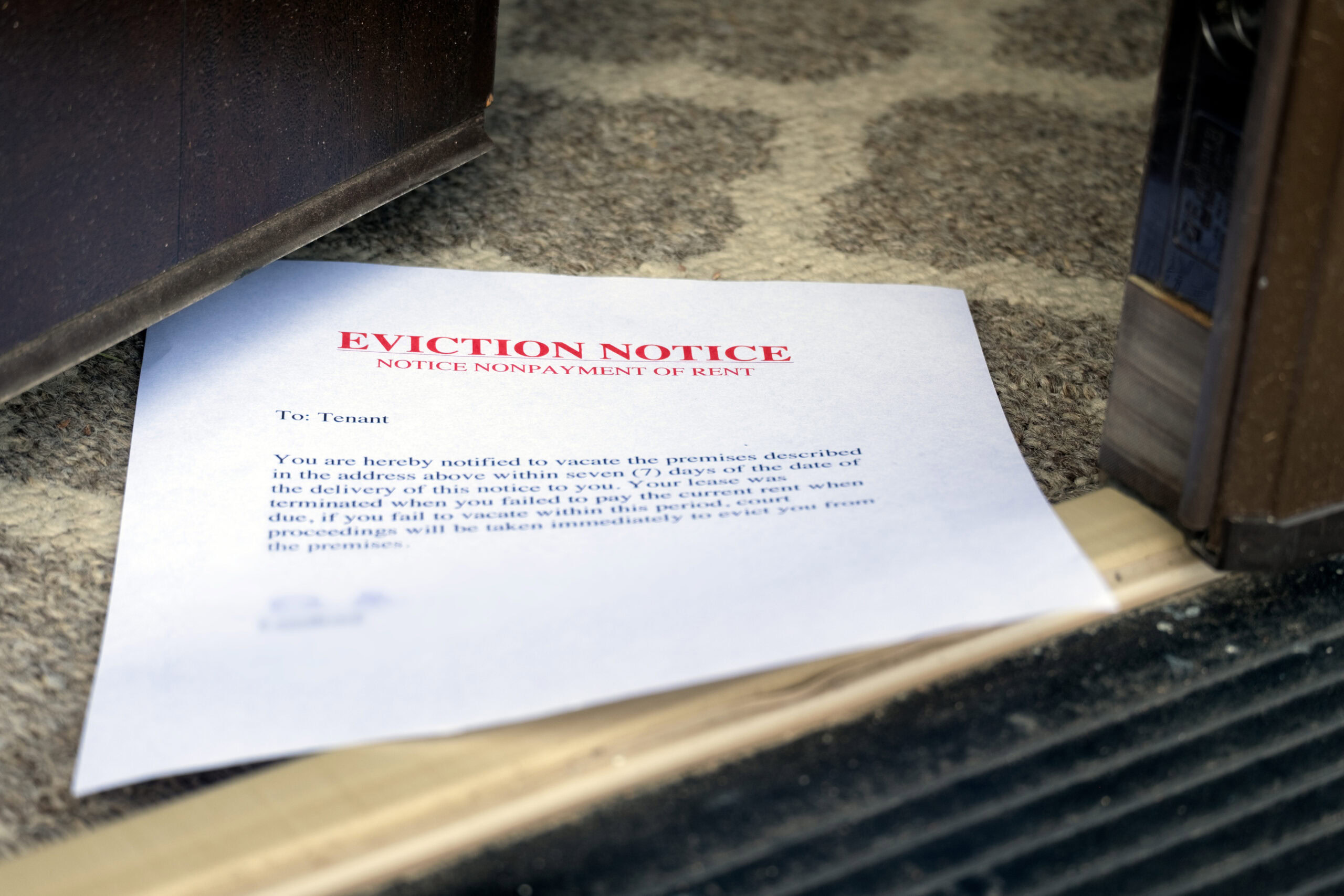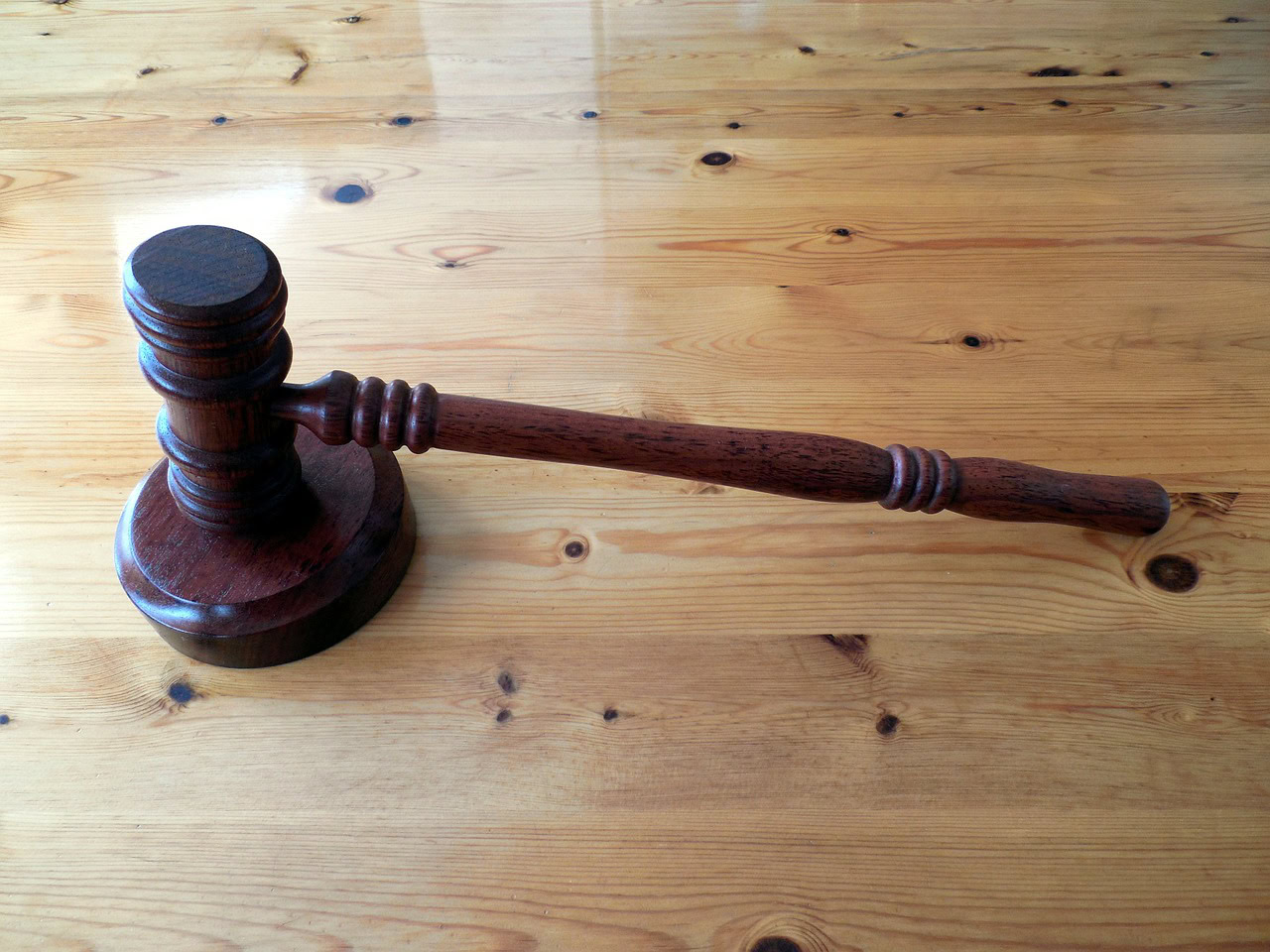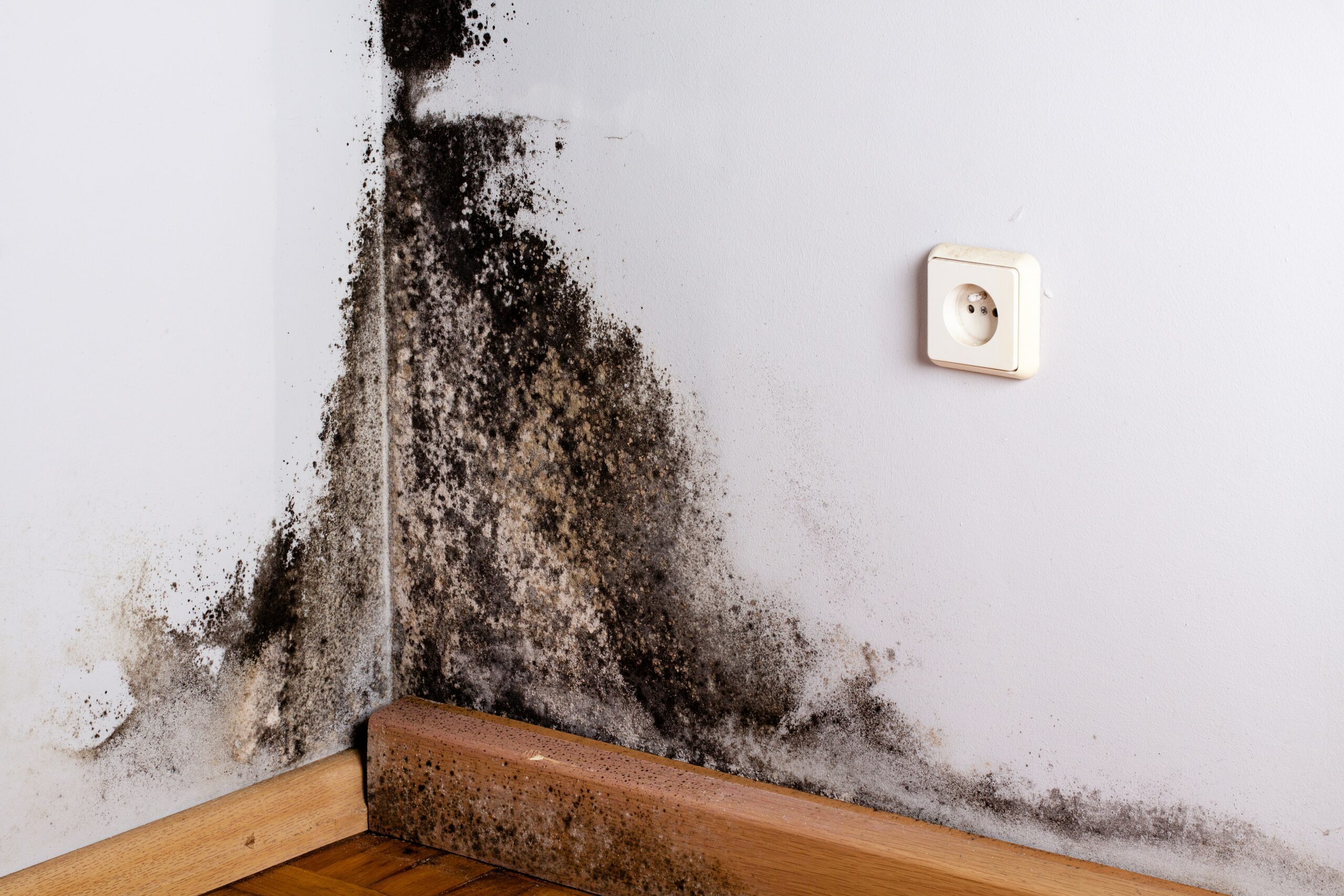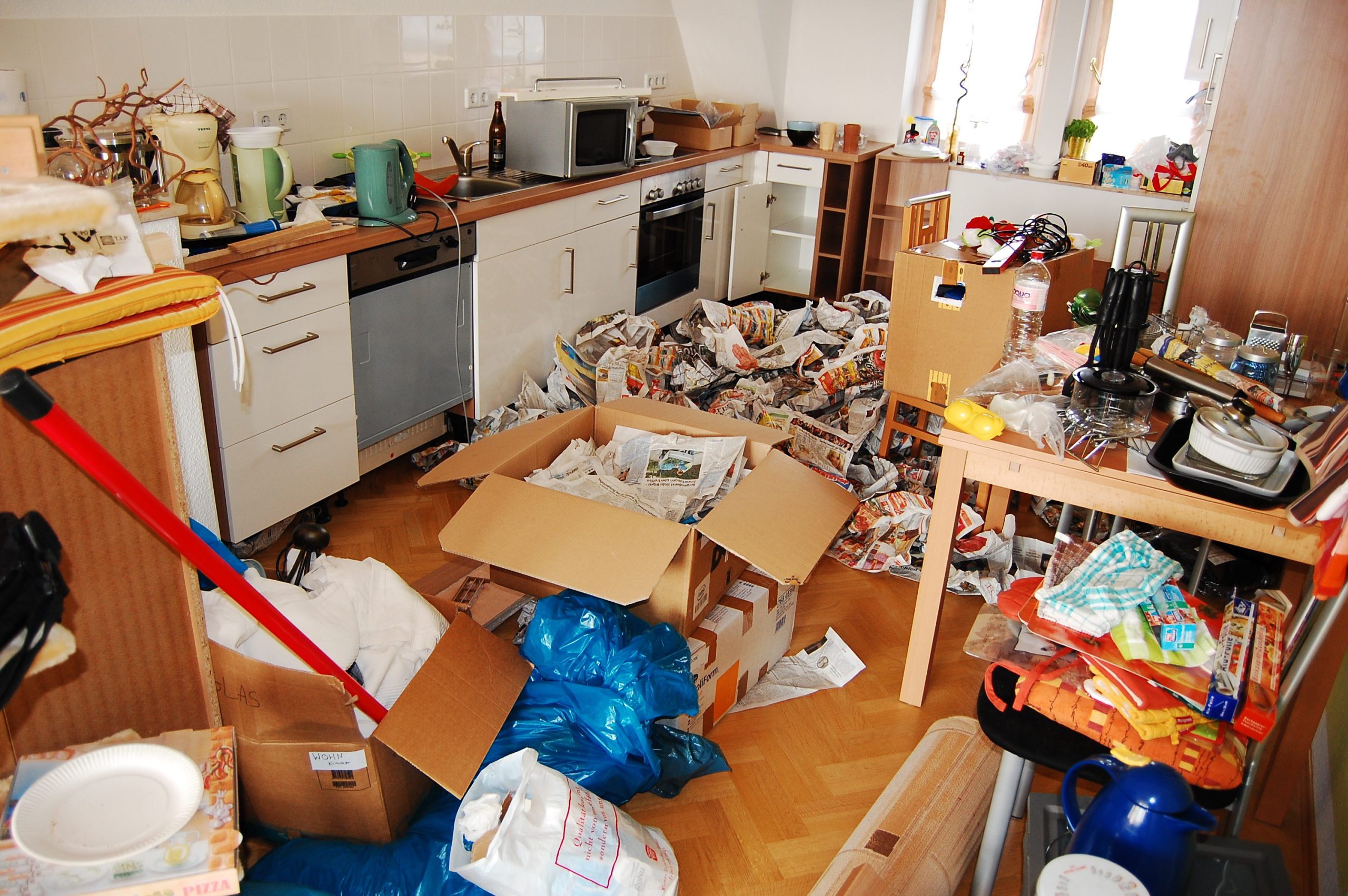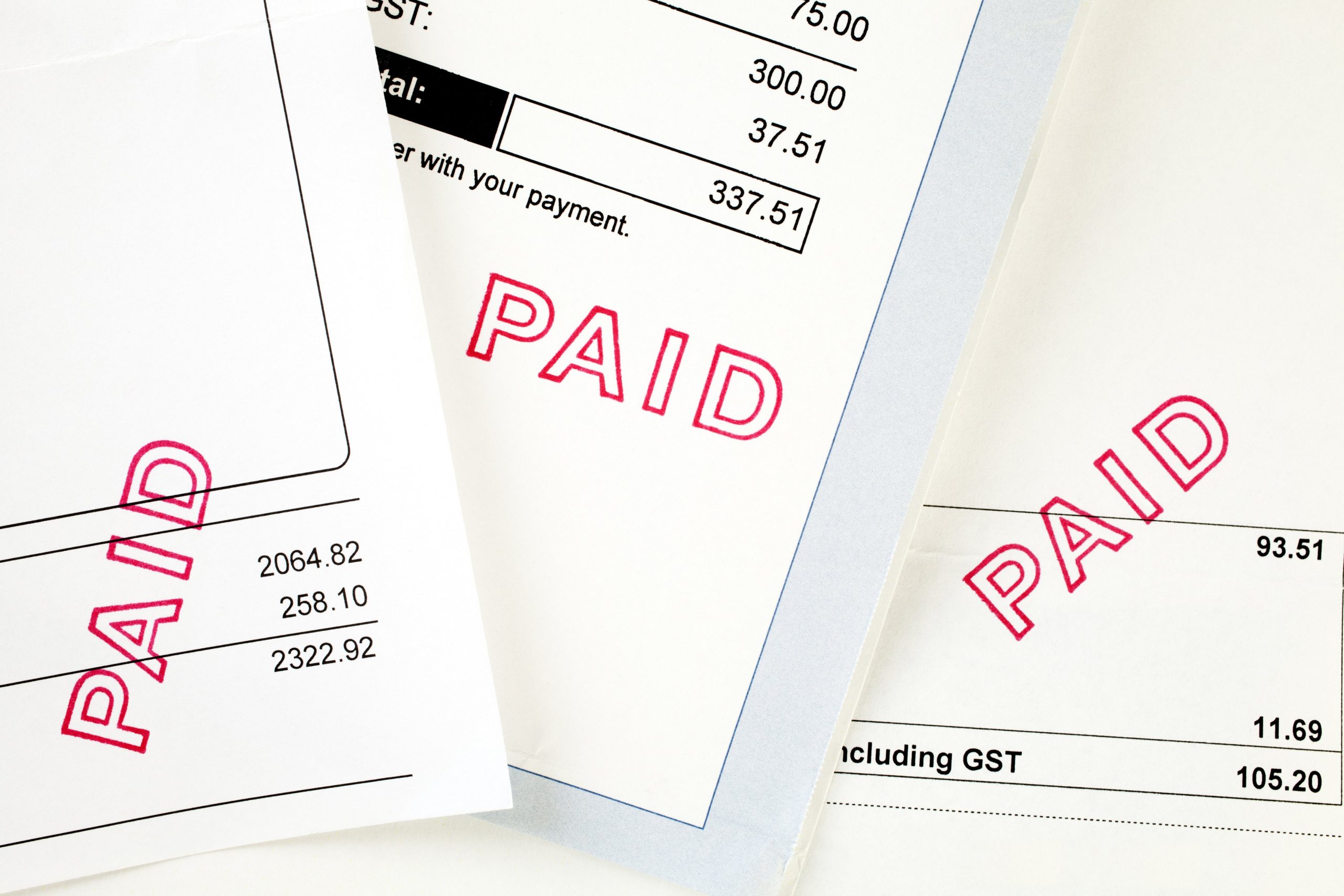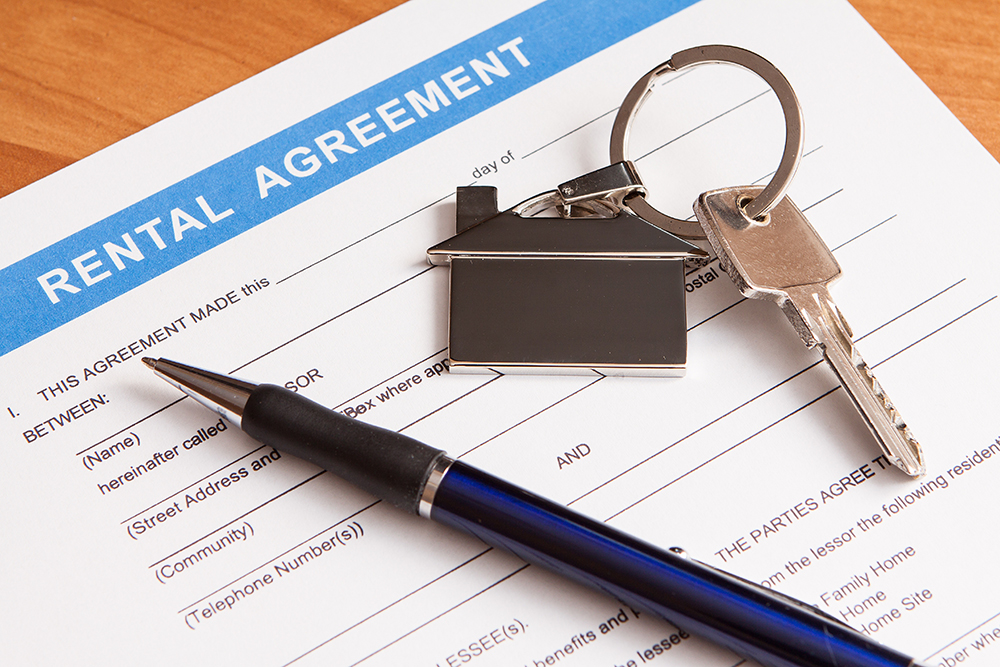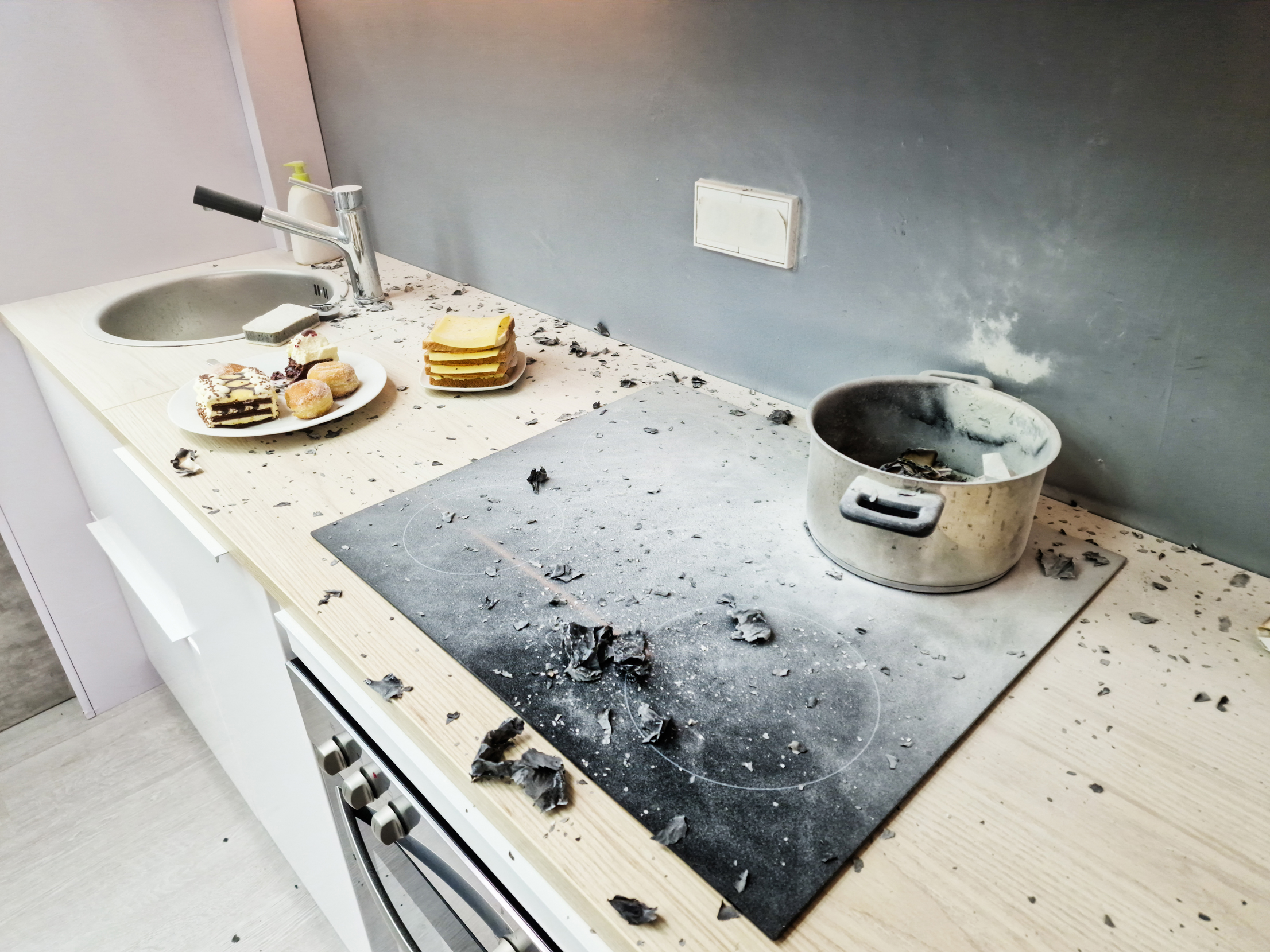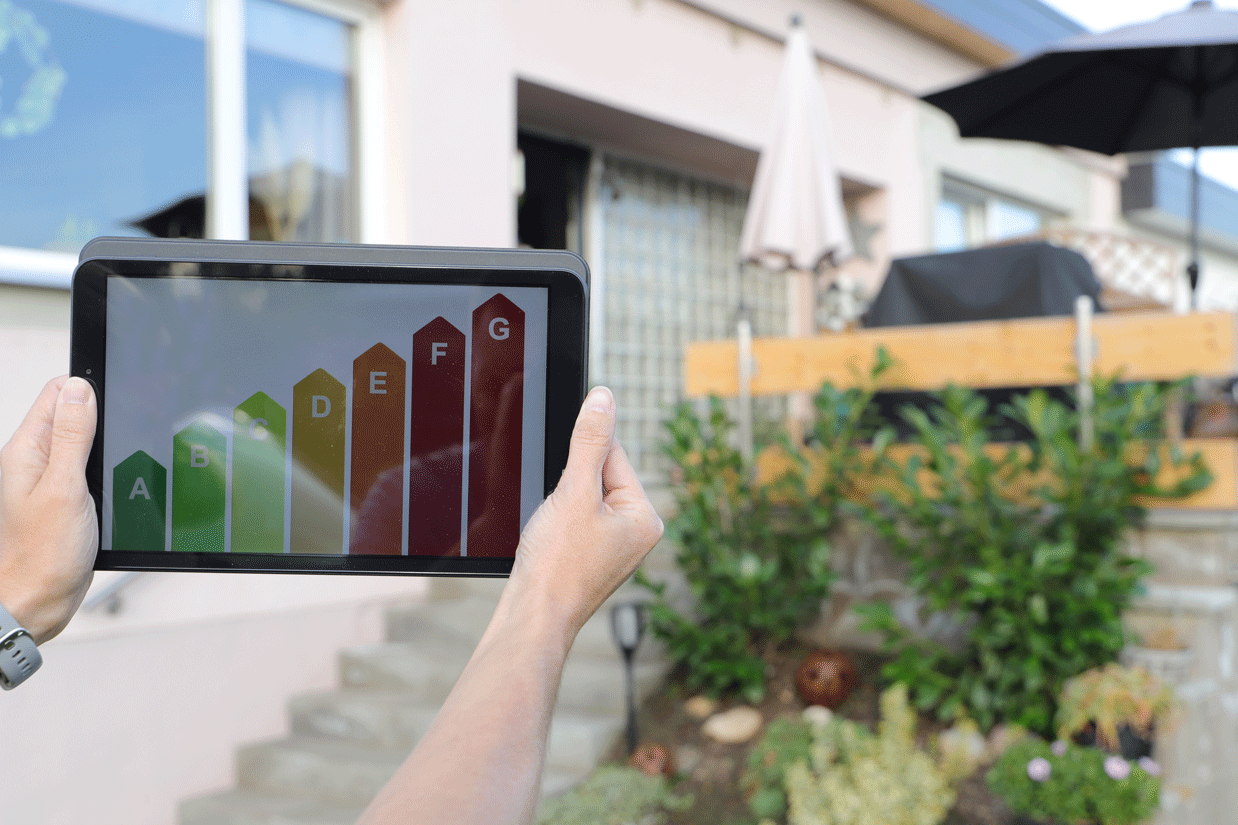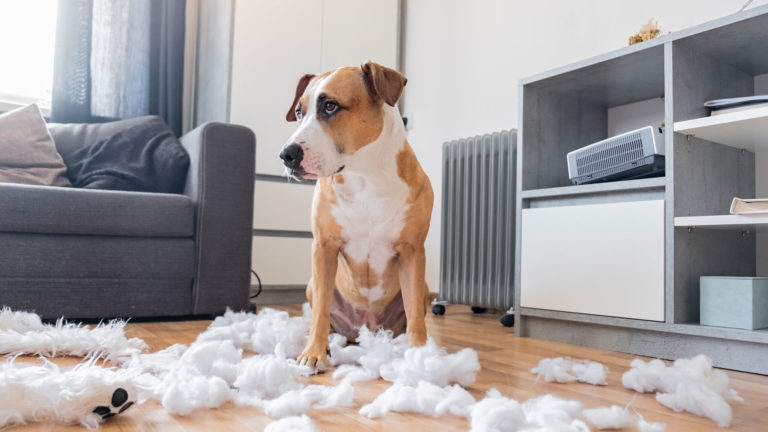If you own a rental property, it’s important to prepare a full inventory before new tenants move in. A good inventory not only gives you evidence of the condition of the property and contents, but it’s also a useful reference when you get to an end of tenancy clean. In this article, we look at the benefits of having a comprehensive inventory and share our tips on how to create one.
- What is an inventory?
- Is an inventory mandatory?
- What should I include in an inventory?
- When do I need to draw up my property inventory?
- Do I need to write my inventory in a specific way?
- How do I make an inventory good enough to use as evidence?
What is an inventory?
Quite simply, an inventory is a list and description of all the fixtures, fittings, and contents in a property. Sometimes there’s a separate ‘schedule of condition’ which describes the condition of the property itself. If there isn’t, this information can be added to the inventory.
Is an inventory mandatory?
There’s no legal requirement to have a property inventory, but you could run into problems in the future if you don’t. If there’s a dispute over the condition of a property at any point, an inventory provides you with valuable evidence. Indeed, if you make claims about damage or excess wear and tear to a tenancy deposit scheme they will almost certainly expect you to have an inventory.
What should I include in an inventory?
Your inventory should include a clear description of the property’s contents, its fixtures and fittings and, preferably, information on the property’s condition. It’s also a good idea to take date-stamped photographs of items. These give you very strong evidence in the event of a dispute.
Some of the things you will want to include in your inventory are:
- Walls, doors, and ceilings – including any scuffs, scratches, or cracks
- Permanent fixtures – such as permanent lights and radiators
- Fittings – bathroom suites, fitted kitchens, and things like taps or basins
- Flooring – the condition of carpets, laminate, and wood flooring
- Furniture – all items like sofas and also small items like cutlery, glasses, and crockery
- Appliances – dishwashers, fridge-freezer, washing machines, white goods etc
- Storage –wardrobes, cupboards etc
- Windows – the condition of frames, curtains, and blinds
- Paint and wallpaper – note the condition of both
- Garden and outdoors – any outdoor items, the condition of the garden, sheds, and garages (and any contents)
When do I need to draw up my property inventory?
You need to have your inventory ready before tenants move in. You should give them a copy before they start their tenancy, and it’s wise to go through the inventory with them. This lets you confirm that the tenants agree with the inventory’s contents, or to agree on any necessary changes.
You’ll also need to update the inventory at the end of every tenancy. Check that your descriptions are still accurate and, ideally, take a fresh set of date-stamped photos. The more up to date your inventory is, the more useful it is if there are any end-of-tenancy disputes.
Do I need to write my inventory in a specific way?
You can compile an inventory any way you like, as long as you list, describe, and, ideally, photograph all items.
To make your job a bit easier, you may want to download one of the many inventory templates available online. Other options include getting your letting agent to handle the inventory or hiring a property inventory clerk.
Remember, you will need at least two copies of the inventory: one for you, one for the tenant.
How do I make an inventory good enough to use as evidence?
If you produce an inventory, you want it to be good enough to count as evidence in any dispute. A good place to start is the website of your chosen tenancy deposit scheme. These organisations adjudicate disputes, so they usually have guidelines of what can be used as evidence. For example, they may prefer photographs over written descriptions.
Other recommendations include:
- Making sure the inventory is signed and dated – by both you and the tenant
- Using a tenancy agreement – the agreement should reference the inventory and set out tenants’ obligations
- Being specific – don’t use vague terms in your tenancy agreement. For instance, use ‘professionally clean’ rather than ‘clean’
- Keeping copies of communication – including all communication and quotes about repairs during the tenancy
- Noting details about appliances – such as serial numbers, models, and receipts
Stay insured
Most tenancies don’t run into problems and an inventory helps make any deductions from a deposit fair and transparent. However, sometimes you can find yourself in the position of having troublesome tenants. To help guard against this, we strongly recommend you use a good tenant referencing service and protect your investment with landlord insurance that covers buildings, contents, and non-payment of rent.
This article is intended as a guide only. Please note that legislation does change, it is always best to check the most up to date guidance on gov.uk. Most landlord insurance policies arranged by Alan Boswell Group also have access to a legal advice helpline where policyholders can seek further advice.





